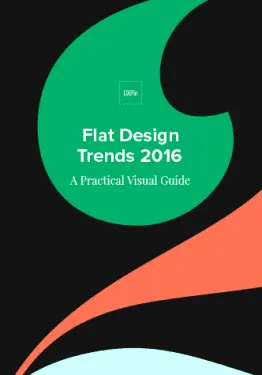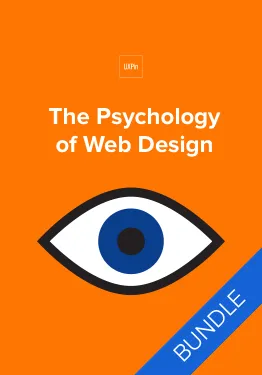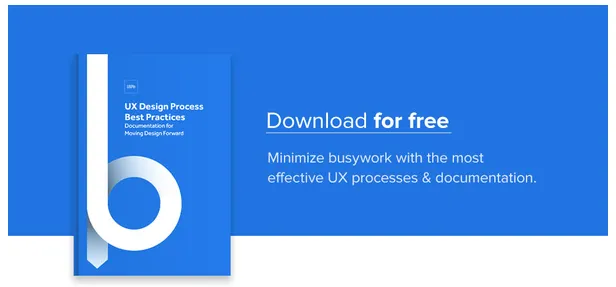Do you have user experience in your job title?
That means you do all the ‘user experience’ stuff by yourself… right? Of course in truth you know that user experience is a team sport. In fact you need the entire organization to be onboard. Unfortunately the task of making that happen falls to you. Good luck with that.
One thing you can do is start running user experience workshops. They are a chance to get stakeholders thinking about user needs. A chance to educate them about best practice and get them excited about the potential. At least it is if you do it right.
Workshops can also go horribly wrong. As a UX consultant, I’ve been in workshops that have devolved into departmental infighting or design by committee. I have watched one or two big mouths dominate (and no I am not talking about me!
But don’t let that put you off. It doesn’t take much to run them right. What follows is a few of my top tips for running your next user experience workshop.
1. Focus on users.
Do not allow your UX workshop to devolve into discussing features. Keep it focused on user needs.
This sounds like an obvious one, but it is amazing how often a workshop will lose focus. Conversations turn to features and departmental objectives.
Make sure you define your audiences early in the workshop. But don’t stop there. Spend time discussing their needs, journey and what questions they have along the way.
2. Define your digital goals.
Next up make sure you have some defined goals for digital. This will provide a framework for your discussion and stop the group wandering off on flights of fancy. Without clear goals you will find them launching yet another mobile app before you blink.
If this is your first workshop, take time to define the goals for digital as part of the session. If you have run workshops before, make sure you pin up the goals you agreed for all to see. They will keep you on track.
3. Make it fun.
A user experience workshop is as much about winning hearts and minds as anything else. It is about showing attendees the value of user experience and getting them enthused. As such, it is important it is an engaging fun day. A day where they go away fired up about the possibilities.
That means it’s important to create momentum and a fun atmosphere. Without that it becomes just another meeting. Just another issue that needs resolving.
I like to make things competitive. Set one team against another producing ideas. Get them presenting those ideas in a talent show format or do exercises against the clock. Also it never hurts to have donuts or cupcakes as prizes.
4. Don’t start designing pages.
When talking about user experience, it is tempting to dive into wireframing key pages. This does have it’s place, but don’t do so too early. You will find the workshop bogged down in politics, arguments over content or personal opinions on design.
Instead, try designing a book jacket to help people prioritize content. The most important messages will go on the front, followed by the back, spine and inside flap. Because this is not a final deliverable, everybody will relax and be less precious.
I know it sounds strange, but you can also get people designing a reception area. Their choices about the furniture, wallpaper, pictures and signage can inspire your design. They will talk about color, textures, styling and other aspects of how they want to present themselves to the world.
5. Vary your exercises.
No matter how fun the exercise, it will become boring if you do the same thing again and again. Make sure you use a variety of approaches. In one exercise, get them voting on a list of objectives. In the next, get them drawing pictures to represent their vision of the future.
I would like to tell you that coming up with a selection of exercises takes years of experience. But you can just go to gamestorming.com and get loads of ideas.
6. Use voting to keep momentum.
One thing that can kill the momentum and fun of a workshop is discussing decisions. This is also the point where things turn into design by committee.
One person expresses one point of view and another opposes them. This can lead to confrontation. Or even worse it could lead to compromise. Compromise is where the group tries to reach a consensus and produces something nobody is happy with.
One solution is to get people to vote. Voting is a quick way of reaching a decision. But it can also be a great way of leveling the playing field. If a senior manager is in the room or a particularly dominant person, voting can stop them from holding too much sway.
7. Set strict time constraints.
Setting a time constraint is another great way of limiting endless discussion. It also ensures you don’t get bogged down in details. I give participants far too little time to do an exercise. It falls to me to work out the details later. I just want their initial thoughts.
In fact, if at least one participant does not complain they have inadequate time to complete a task, then I haven’t done my job right.
8. Make it interactive, not just discussion based.
By now you may have gathered I am not a fan of sitting around a table discussing things. It’s something to do with the fact that I bore easily. But the last thing we want from our workshop is for it to be boring.
So wherever possible lets get people out of their seats doing things. I don’t mean role-play exercises. For the love of all that is good don’t do that! That is outlawed in the Geneva convention.
But you can get people rearranging post it notes on a wall or huddled around a big sheet of paper drawing things. Anything to get them up and moving.
Another nice trick is not to have a break for coffee. Instead have refreshments on hand all the time. Encourage people to help themselves when they want or even pop out of the room if they need to. That will help keep people moving around and make the whole thing feel less like an all day meeting.
9. Spend time looking at barriers.
The one problem with all this momentum and positivity is that it can be easy to sweep the barriers under the carpet. The trouble is that if you do that, they start seeping out causing problems later on.
That said, we don’t want the workshop to become too negative so I tend to turn barriers into a game. Split your group into two teams and get each team to write down as many problems or barriers as they can think of in the allotted time. Tell them that at the end of the time limit the other team will have to find answers to their list so they should be as hard as possible.
Then at the end of the time limit instead of swapping lists, get the group to search for answers in their own list. That will teach them for being so negative! Not only will this get a laugh it will also allow people to work themselves past the barriers they have identified.
This is not the only way to address barriers. But it does allow you to do so in a fun way that keeps people engaged.
10. Refine and report back.
Remember a UX workshop is not about details. It is about exciting people and getting them thinking. We don’t want them getting bogged down in the details of the user experience because to be frank you are a lot more qualified to do that.
But it is important people see the fruits of their labour. Afterwards take time to refine and organise the outputs of the workshop and report back. Show the group how their ideas will be helpful in shaping the user experience going forward. That way they will feel a sense of ownership over anything you go away and create. This means they will be much more supportive.
Those are my top tips for now. I hope they help keep your workshops on-track and productive regardless of the design stage.
Originally posted on BoagWorld.
Editor’s note: If you found these tips useful, check out the free guide UX Design Process Best Practices. Across 111 pages, we explain best practices for requirements gathering, user research, UI design, usability testing, and design sprints.







